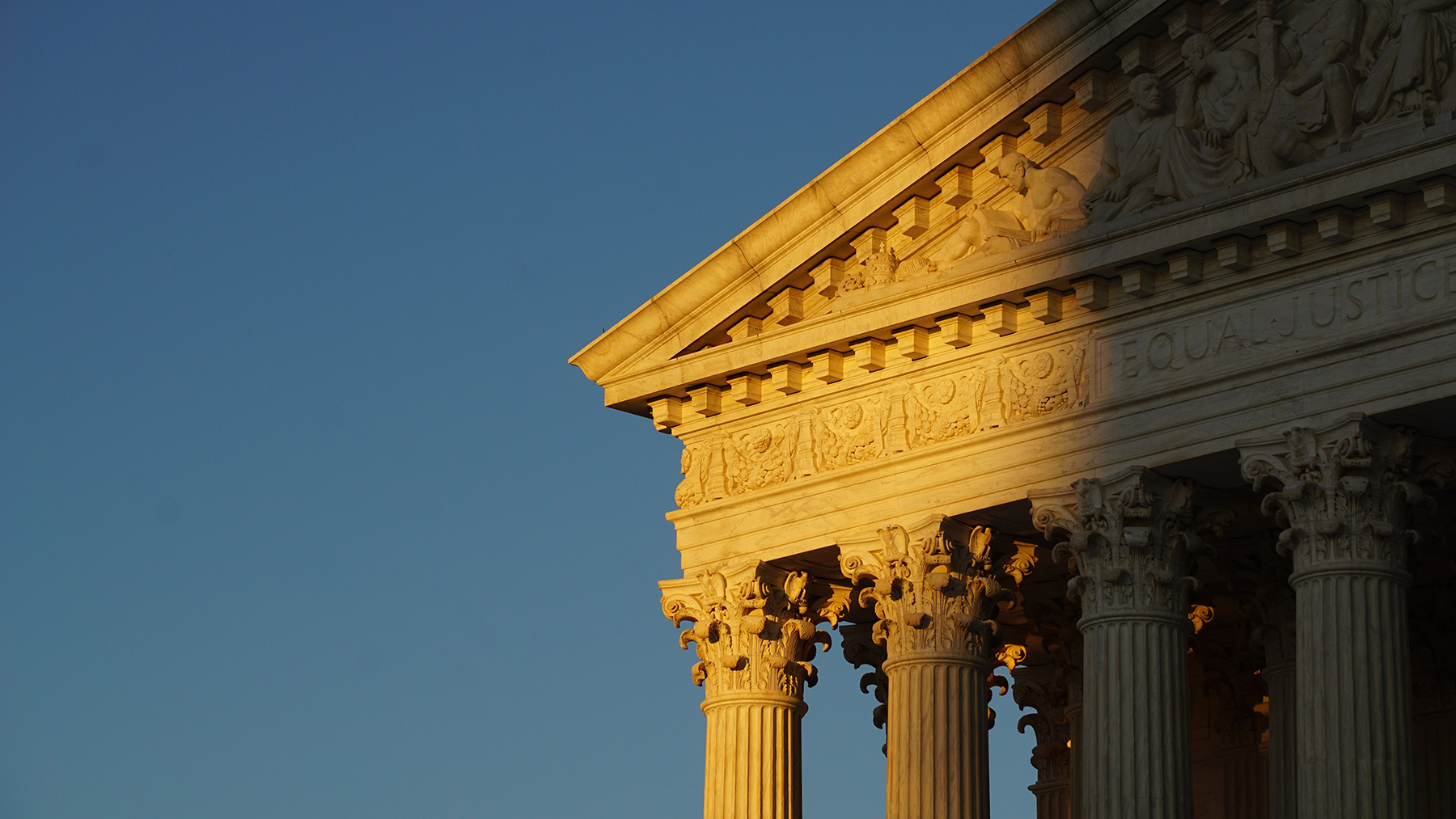
By Michael C. Loulakis and Lauren P. McLaughlin
The term design-build is well known, given its widespread use over the past 25-plus years. Simply put, it is a process in which an entity (i.e., the design-builder) contracts to develop a design that meets its client’s stated needs, creates design documents based on that design, and constructs the project in accordance with those design documents. In contrast to design-build is design-bid-build. In this case, an owner separately hires a designer to complete design services and then uses that design to hire a different entity to perform construction.
One of the reasons a project owner uses design-build is to mitigate (and possibly eliminate) the risk that it will be responsible to the construction contractor for design defects, which is a direct result of the design-builder agreeing to design and construct the project. However, an owner using design-build generally has less control over the design process than under design-bid-build.
Every now and then an owner will try to have it both ways by using a creative contracting approach to design-build. A good example of this is a recent Connecticut case, Centerplan Construction Co. LLC v. City of Hartford, in which the primary question was who, among the owner, developer, and design-builder, “controlled” the architect and was therefore responsible for the architect’s mistakes.
The case
In August 2014, the city of Hartford entered into a contract with an architect for the design of the Dunkin’ Donuts Park, which would become the home of the city’s minor league baseball team. The architect began designing the stadium under this contract. In February 2015, the city contracted with DoNo Hartford LLC to serve as the project developer, who agreed to administer and complete the architect’s in-progress plans. DoNo also entered into a contract in February 2015 with Centerplan Construction Co. LLC. Centerplan was to serve as the project’s design-builder and assume responsibility for administering and completing the architect’s in-progress plans.
The development and design-build contracts stated that the city would be assigning the architect contract to DoNo. By the time the city made the assignment in May 2015, the design had been completed, and the only unperformed services left under the architect’s agreement were for construction administration.
As the project proceeded, Centerplan and DoNo claimed that they were never given control over the architect or its design of the stadium and that the scope of the project had increased because of changes the city and baseball team made to the design. To resolve these issues, the city and DoNo executed a term sheet in January 2016, which, among other things, increased the contract price by $7.5 million and extended the substantial completion deadline to May 17, 2016.
Unfortunately, substantial completion did not occur on May 17, and a few weeks later the city terminated its agreement with DoNo and Centerplan’s design-build agreement. This prompted DoNo and Centerplan to file a lawsuit against the city.
While there were a variety of issues considered by the trial court, the most significant was the question of what, if any, responsibility DoNo and Centerplan had for the architect’s alleged errors. The trial court judge looked at all the agreements and concluded that the city had absolved itself from such liability and gave the following instructions to the jury:
The parties also agreed that Centerplan and DoNo would be responsible for the architects and any mistakes they may have made; so, if the architects did something wrong, you have to start with the assumption that Centerplan and DoNo are to blame for it.
Consequently, the only issue left for the jury to decide was who was at fault for the stadium not being finished by its deadline. The jury found for the city, rejected the claims of Centerplan and DoNo, and awarded the city liquidated damages for late completion. Centerplan and DoNo appealed to the Supreme Court of Connecticut.
The appeal
The Supreme Court considered a range of issues associated with the termination. However, the focus of its lengthy decision was devoted to determining who among the three parties had control of the architect and responsibility for the architect’s design defects. Its analysis evaluated three time periods, and it ultimately reversed the trial court’s decision and sent the case back for a new trial.
The first period was from February 2015 to May 2015, prior to the assignment (architect contract) having been put into effect. The city argued that the parties’ agreements allocated to DoNo and Centerplan responsibility for and control of the architect and the stadium’s design and that there was nothing in the agreements that conditioned this on the formal assignment of the architect’s contract. As a result, the city contended that DoNo and Centerplan bore legal responsibility for the architect’s acts and omissions.
The Supreme Court disagreed. It found that the plain language of the agreements manifested an intent that Centerplan and DoNo would control the architect and the stadium’s design. However, the agreements were silent on whether this was to occur automatically or after the parties entered into the assignment.
The court concluded that the “later assignment of the architect agreement would have been superfluous if Centerplan and DoNo already had legal control of the architect from the outset,” and it “would therefore be incongruous to read the parties’ earlier contracts as automatically granting Centerplan and DoNo legal rights over the architect and design.”
As a result, the court found that until the assignment was in place, the city maintained legal control of and responsibility for the architect, including any errors or omissions that occurred before the date of the assignment.
The next period was May 2015 to January 2016 — the period between the assignment and the term sheet. Centerplan and DoNo argued that the assignment was only a partial assignment, as the design was complete and only construction administration services were left for Centerplan and DoNo to direct. The city argued it was a full assignment and that the city’s only obligation was to pay the architect for services already rendered. This did not include responsibility for any preexisting architect or design errors.
The court rejected both parties’ positions. It found the city retained all obligations regarding the architect arising out of the architect’s services before the assignment, including responsibility for any of the architect’s errors and omissions. It also found that Centerplan and DoNo assumed legal control of the architect and the stadium’s design upon assignment of the agreement.
The last period was January 2016 to June 2016 — the period between the term sheet and termination. The court found that the term sheet was subject to different interpretations as to which party had legal responsibility for the architect and design. There was language that supported the view that Centerplan and DoNo had control of and responsibility for the design, as this was one of the main issues in contention that gave rise to the parties negotiating the term sheet.
The court found nothing in the term sheet that indicated these parties directly ceded control back to the city. However, the court also noted that the term sheet stated the city must consent to any design changes, which was broader than in the original contracts. The court believed it was reasonable to conclude that after the term sheet came into existence, the city gained additional control over the architect and design. Because the court found both parties’ interpretations to be reasonable, the issue of architect control after the term sheet was ambiguous and needed to be determined by the trier of fact.
The analysis
It is good to remember that with control comes responsibility. Under a normal design-build project, the design-builder’s construction and design teams work together to meet the owner’s needs, and the design-builder has control over the design process. This also means that if there are design mistakes, the design-builder has the consequent responsibility.
This decision is an example of how confusing things can become when an owner structures a design-build process to game the system. By all accounts, neither DoNo nor Centerplan had anything to do with the stadium’s design for the six-month period prior to February 2016. This period was critical to project success, as the design was well into development and likely having construction documentation produced.
The city took away the ability to have the developer and design-builder administer (i.e., control) that process. There was also evidence presented that even when DoNo and Centerplan were under contract, the city and the baseball team secretly met with the architect and ordered changes to the design.
What happened here is a lesson for everyone. Just because something is called “design-build” does not mean it is. If an owner wants to control the design, fine. But the owner must also remember that it will also likely be responsible for any design problems, regardless of what a contract might say.
Michael C. Loulakis ([email protected]) is the president and CEO of Capital Project Strategies LLC in Reston, Virginia. Lauren P. McLaughlin ([email protected]) is a partner of Smith, Currie & Hancock LLP in Tysons, Virginia.
This article first appeared in the January/February 2023 issue of Civil Engineering as “Project Owners Must Accept Risk That Comes with Control in Design-Build Model.”




